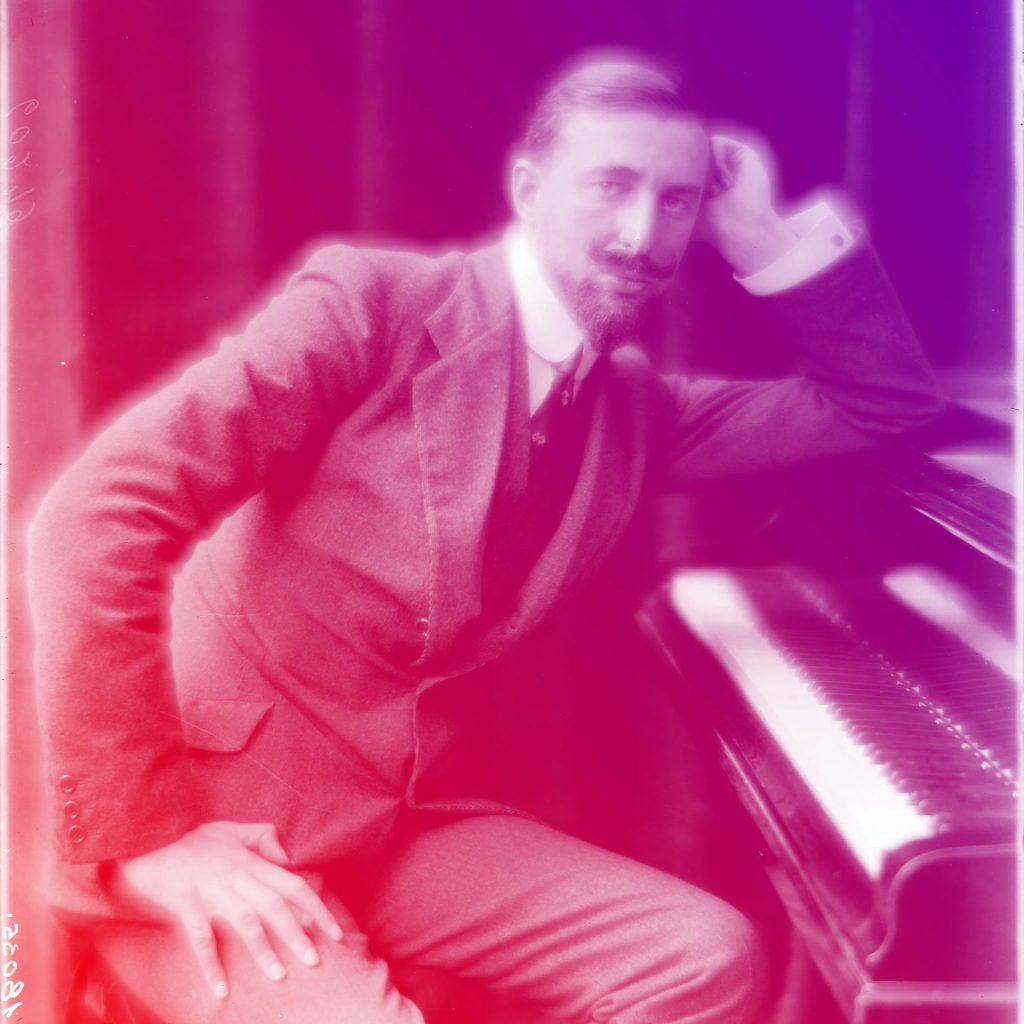Bells, organs and folk melodies – a cross-section of the rich European musical heritage landscape, made available by Polifonia (2021-2024). Polifonia is a European project that aims to increase the discoverability of European musical heritage by developing tools and making datasets available. In collaboration with RE:VIVE, Polifonia presents a sample and MIDI pack and encourages you to get inspired to create the ultimate ‘soundtrack of our history’.
Download the sample pack here.
This sample pack is comprised of material from three different collections. All material is Public Domain except where noted otherwise.
Ireland: Folk melody MIDI files of Ceol Rince na hÉireann collection (Galway University)
This pack contains traditional Irish folk MIDIs. They belong to the Ceol Rince na hÉireann collection created by ethnomusicologist Breandán Breathnach. Breathnach wrote on Irish music and collected, identified and indexed a corpus of over 5,000 unique traditional Irish melodies. Irish melodies frequently incorporate dance rhythms such as jigs, reels, hornpipes, and airs, reflecting the integral connection between music and dance in Irish culture. Traditional Irish tunes sound cheerful and are typically performed on instruments such as the fiddle, tin whistle, flute, uilleann pipes (Irish bagpipes), harp and bodhrán (Irish drum).
Note these sounds are licensed under a CC BY-NC 4.0 license
Italy: Bell recordings of bell towers in the Liguria region (Istituto Centrale Catalogo Documentazione)
The churches and church bells in Italy are not only places of worship but also important cultural landmarks that contribute to the region’s rich history and identity. The practice of Bell casting is a profession that has been practiced for generations in ‘bell foundry families’ and the principle of casting bells in Europe has remained essentially the same since the Middle ages. This pack contains recordings of such traditional bells from 5 churches of the Liguria region in Italy. You will notice that the samples are long, because with well-cast bells, a “ringing” sound should reverberate for a long time.
Note these sounds are licensed under a CC BY-NC 4.0 license
The Netherlands: Pipe Organ concert audio fragments of the Muziekopnamen Zendgemachtigden collection (Netherlands Institute Sound & Vision)
The Muziekopnamen Zendgemachtigden (MOZ) collection contains recordings of concerts intended for broadcast on Dutch public TV and Radio stations. Most of the collections contain classical music performances based on the works of top composers such as Bach, Mozart, Beethoven, Brahms and Schubert. The organ is the third most frequently used instrument in the entire collection. In this sample collection, samples have been selected from 1950s pipe organ concerts based on the works of e.g. foreign composers such as Bach, Händel, Frescobaldi and Dutch composers such as Wagenaar and Sweelinck. The concerts are performed in several churches in The Netherlands, such as the Domkerk in Utrecht and the Sint Laurenskerk in Alkmaar (which includes the oldest playable organ in the Netherlands dating 1511)
